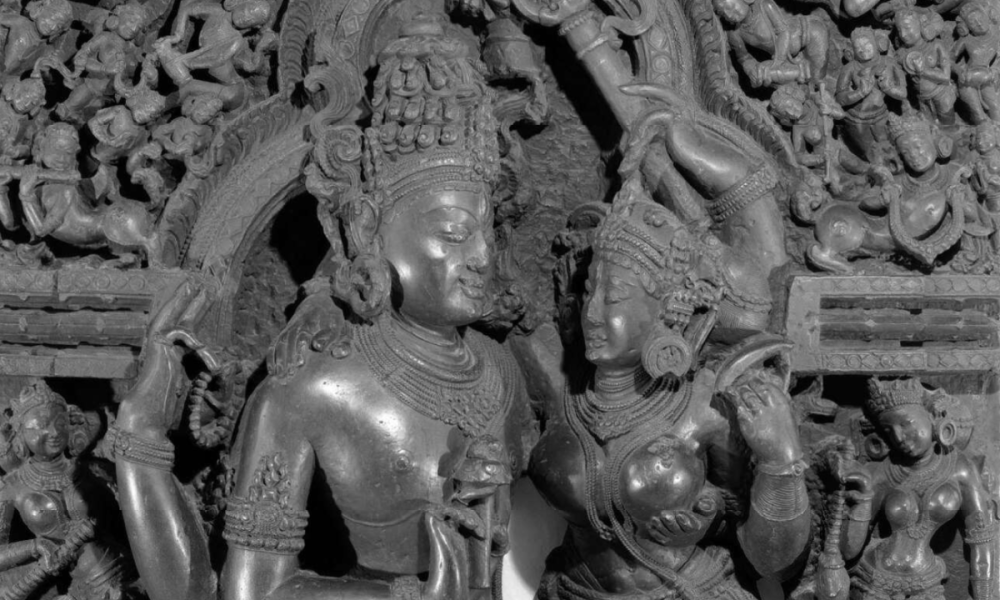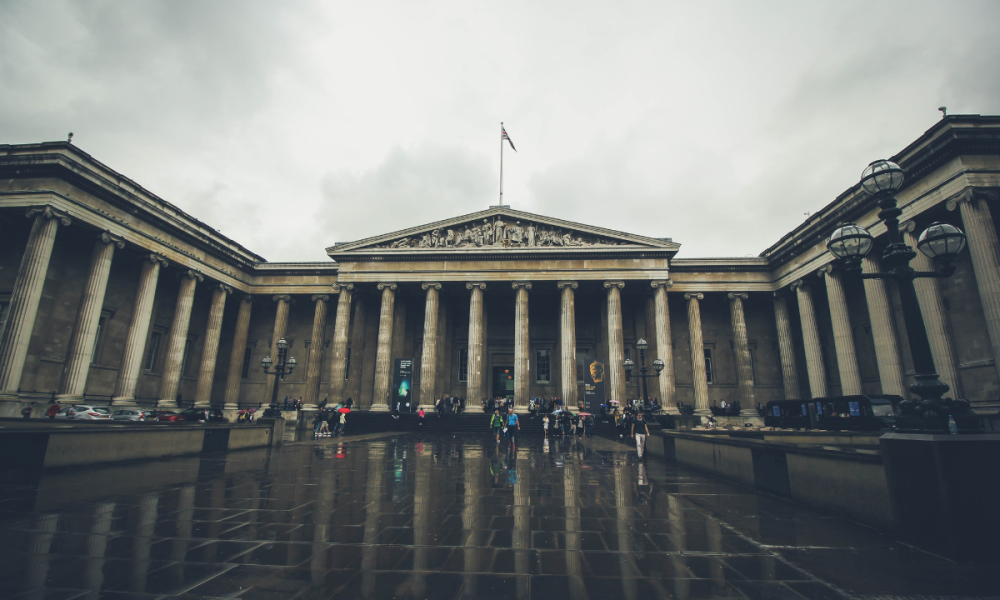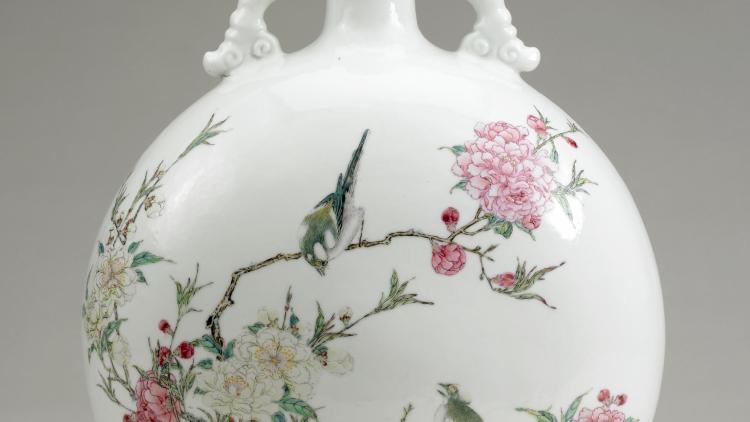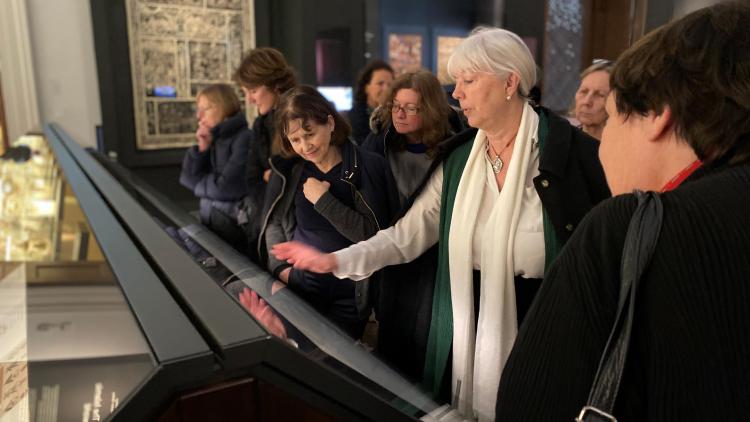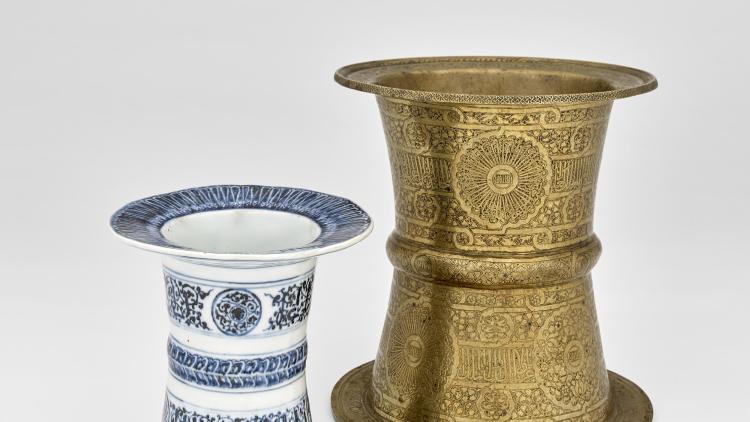Looted art and missing context of Indian history at the British Museum
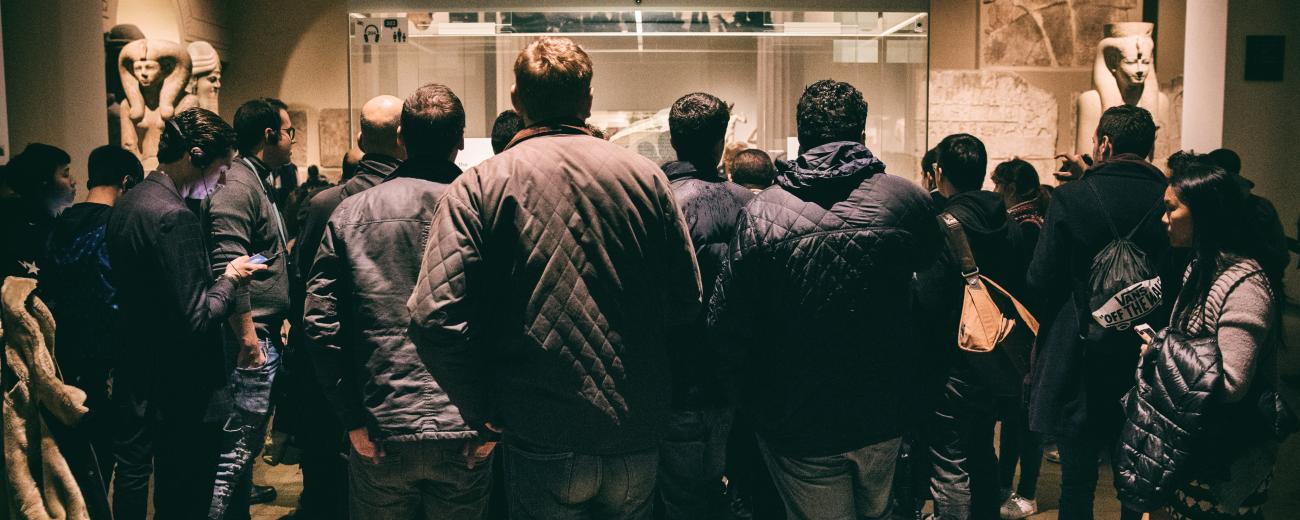

The history of the world relies heavily on who is in charge of the narrative and who is telling the stories. However, this process has been disrupted time and time again by colonisers with their looting and convenient rewriting of the histories of every colonised country in the world.
What is missing in a gallery tells its own story
The most jarring example of this distortion happens to be in our neighbourhood - the British Museum. The Indian exhibit was particularly interesting to me as an Indian student. The presence and absence of certain pieces of art and information at the gallery are such glaring examples of inaccurate contextualisation of history and the lack of a sense of responsibility or guilt. This piece is an attempt to put into words the experience of an Indian lover of history and mythology at the exhibit of some of the glaring missing pieces of our story.
History in India was restructured by the British since they were the ones that took up projects of excavation and archaeological study. Since narrative manipulation was so advantageous to rule such a diverse population, the colonisers bent histories, brainwashed sects and shunned local communities for their histories and practices to make them more ‘civilized’ and ‘modern’. One such instance of shunning was the Victorian shame that was imposed upon the Indian ideas of gender and sexuality that we carry with us to this day. Similar treatment is meted out to mythological sculptures and their stories at the exhibit.
The lack of acknowledgement of gender fluidity in Hindu myths
Towards the farthest ends of both aisles, two massive sculptures can be found, one of the deities Shiva and Parvati and the other of 'Harihara'. My gripe with both is not with the sculpture itself but with the contextual information they come with. The former describes Shiva and Parvati as the male and female singularities of the universe, thus putting them into the strict binary. However, the essence of these two deities lies in their ability to be gender fluid and that is what they represent in both mainstream and local lore. One of the most popular forms that the couple takes is that of the ‘Ardhanareshwar’ or the ‘half man and half woman’ and the story behind this form is one of the most powerful representations of gender fluidity in Hindu myths.
Similarly, the Harihara sculpture is labelled as the merged forms of Shiva and Vishnu, a rare statue that both Shaivites and Vaishnavites worship. However, what is missing here is the fact that Vishnu was in a female incarnation or avatar when the lore of this merger took place. Harihara is the merger of Vishnu in the form of Mohini and Shiva in his male form, depicting the same gender fluidity with yet another primary deity. Another, much more concrete instance of this lack of acknowledgement of the varied gender and sexual spectrum in India is visible early on in the display in the form of the Naigamesha figures. The Naigamesha figures are local deities of fertility and pregnancy in areas around the river Ganga. They are depicted as female figures but Sanskrit texts from the time describe them as male. This is likely the only instance when such fluidity is contextualized here.
The colonial inconsistencies in the Indian historical narrative
The fact that taught history in India remains deeply colonised is evident from the fact that it still subliminally feeds the Hindu-Muslim divide and rule they implemented. There are innumerable instances of religious harmony in the Indian pantheon, along with proof that religion was a tool for politics on both sides, no different from what it is globally.
Thus it is no surprise that essential evidence of such negotiations and rule-bending was looted and taken away from the country altogether. The Indian gallery houses some of the first coins made by the first Muslim ruler of northern India, Muhammad of Ghori. His troops were the first to invade and settle in India and these tales of invasion and occupation are still used as ammunition to incite religious disharmony. This is where the coins hold such immense importance. They display Arabic writing as well as Goddess Lakshmi, the deity of wealth and prosperity in Hinduism, a clear sign of compromise of religious beliefs for political gain. It is said that Ghori and his general Qutb-ud-din Aibak realised that such a compromise would be necessary for the currency and subsequently their rule to be accepted by the people, thus gaining them popular legitimacy. This missing piece among so many others could have aided in preventing some of the deadliest religious killings in history.
This piece does not so much as scratch the surface on the inconsistencies in the Indian historical narrative. Sweeping generalisations, complete erasure of the colonial story and incomplete storytelling are all blatantly on display along with some of the most exquisite pieces of art from one of the oldest civilisations in the world.
So consider this your invitation to go find more of these and learn more about the lost relics of every culture that British colonialism looted and left incomplete.
About the author
Nidhi Bhatia is a Digital Ambassador at SOAS pursuing an MSc in International Politics. She's an intersectional feminist, a regular debater, and a classically trained vocalist. She's from India and has a keen interest in research and academia.
